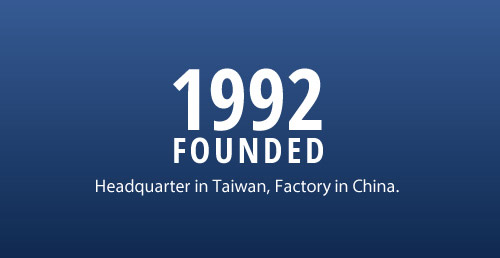temporary bracing in steel construction
Temporary Bracing in Steel Construction Importance and Implementation
Temporary bracing is a crucial aspect of steel construction that ensures structural integrity and stability during different phases of a building's construction process. As steel structures gain popularity due to their strength, flexibility, and speed of erection, the need for effective temporary bracing becomes more significant. Temporary bracing involves the use of various materials and techniques to provide support and maintain the alignment of structural components before the permanent bracing or connections are established.
The Role of Temporary Bracing
One of the primary functions of temporary bracing is to prevent lateral movement and buckling of steel elements during the construction phase. Steel structures are often exposed to various forces, including wind, seismic activity, and the weight of materials and workers on-site. Without proper bracing, these forces can lead to structural deformation or failure, posing safety risks and potential delays in construction.
Temporary bracing creates diagonal supports that stabilize the frame until the building reaches a point where permanent bracing can take over. This support ensures that the steel beams and columns remain in their intended positions, allowing for accurate installation of subsequent components. Furthermore, temporary bracing helps workers navigate the construction site safely, as it reduces the likelihood of unexpected collapses.
Types of Temporary Bracing
There are several techniques used for temporary bracing, each suited to specific construction scenarios. The most common types include
1. Cross Bracing This involves the installation of diagonal members in an X configuration between vertical and horizontal elements. Cross bracing effectively resists lateral loads and provides a rigid frame while minimizing sway.
2. K-Bracing In this method, diagonal braces meet at a central point, forming a K shape. This design is beneficial when working with irregularly shaped structures or when there are limitations in space for cross bracing.
3. Portal Frames These are temporary braces that create a rigid rectangular shape around openings or higher loads. Portal frames offer excellent stability and are often used in more complex structures.
temporary bracing in steel construction

4. Guying This technique utilizes cables or rods anchored to the ground or adjacent structures. Guying is often employed for temporary scaffolding or towers, allowing for vertical and lateral support.
Best Practices for Implementation
Proper implementation of temporary bracing involves careful planning and adherence to safety regulations. Engineers and construction managers must assess the site conditions, including environmental factors such as wind and seismic loads, to determine the appropriate type and configuration of temporary bracing.
Key best practices include
- Regular Inspection Frequent checks should be conducted to ensure the integrity of the braces. Any signs of wear, damage, or dislocation should be addressed immediately.
- Load Calculation Accurate load calculations must be performed to determine the required strength of the bracing system. This involves considering both the expected loads during construction and any potential dynamic loads.
- Training All personnel involved in the construction process should receive training on the importance and proper installation of temporary bracing. Understanding the purpose of the braces enhances safety and efficiency on site.
- Documentation Maintaining thorough documentation of the bracing design and installation process is essential for future reference and compliance with regulatory requirements.
Conclusion
Temporary bracing is an indispensable component of steel construction that enhances safety and structural performance. It provides vital support during the assembly of steel structures, ensuring they can withstand forces encountered during the construction phase. With effective planning, implementation, and adherence to best practices, the risks associated with temporary bracing can be mitigated, leading to successful and safe construction outcomes. As the construction industry continues to evolve, the importance of understanding and utilizing temporary bracing effectively will remain a critical factor in delivering robust steel structures.
-
Wedge Anchor Bolts: Secure Fastening SolutionsዜናAug.05,2025
-
Insulation Fixings: Secure and Durable SolutionsዜናAug.05,2025
-
Full Threaded Studs: Versatile Fastening SolutionsዜናAug.05,2025
-
Expanding Fasteners: Secure and Reliable SolutionsዜናAug.05,2025
-
Butterfly Toggle Anchors: Secure and Easy to UseዜናAug.05,2025
-
Bracing Solutions for Steel StructuresዜናAug.05,2025
